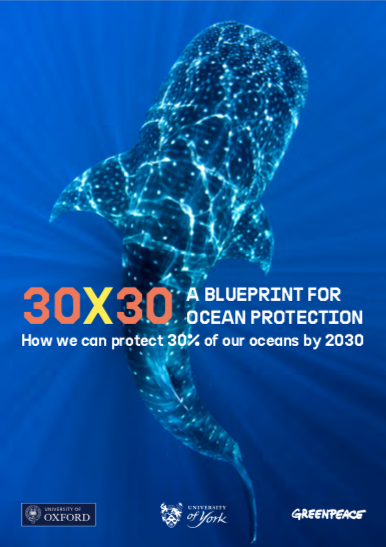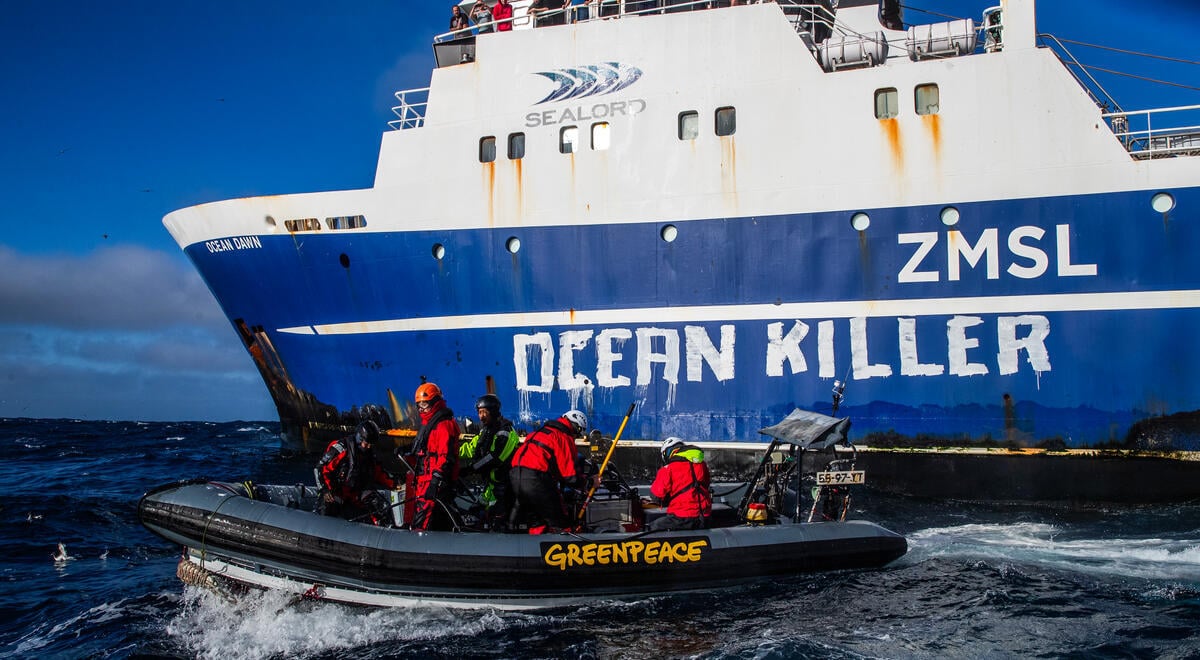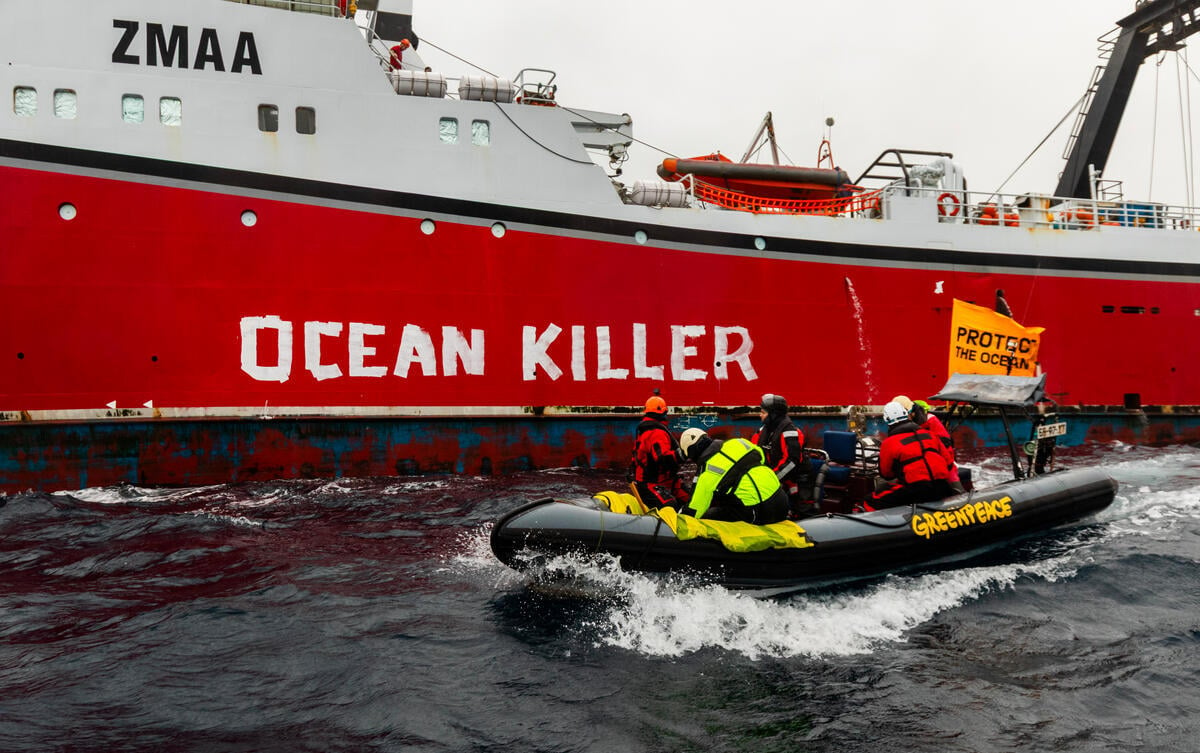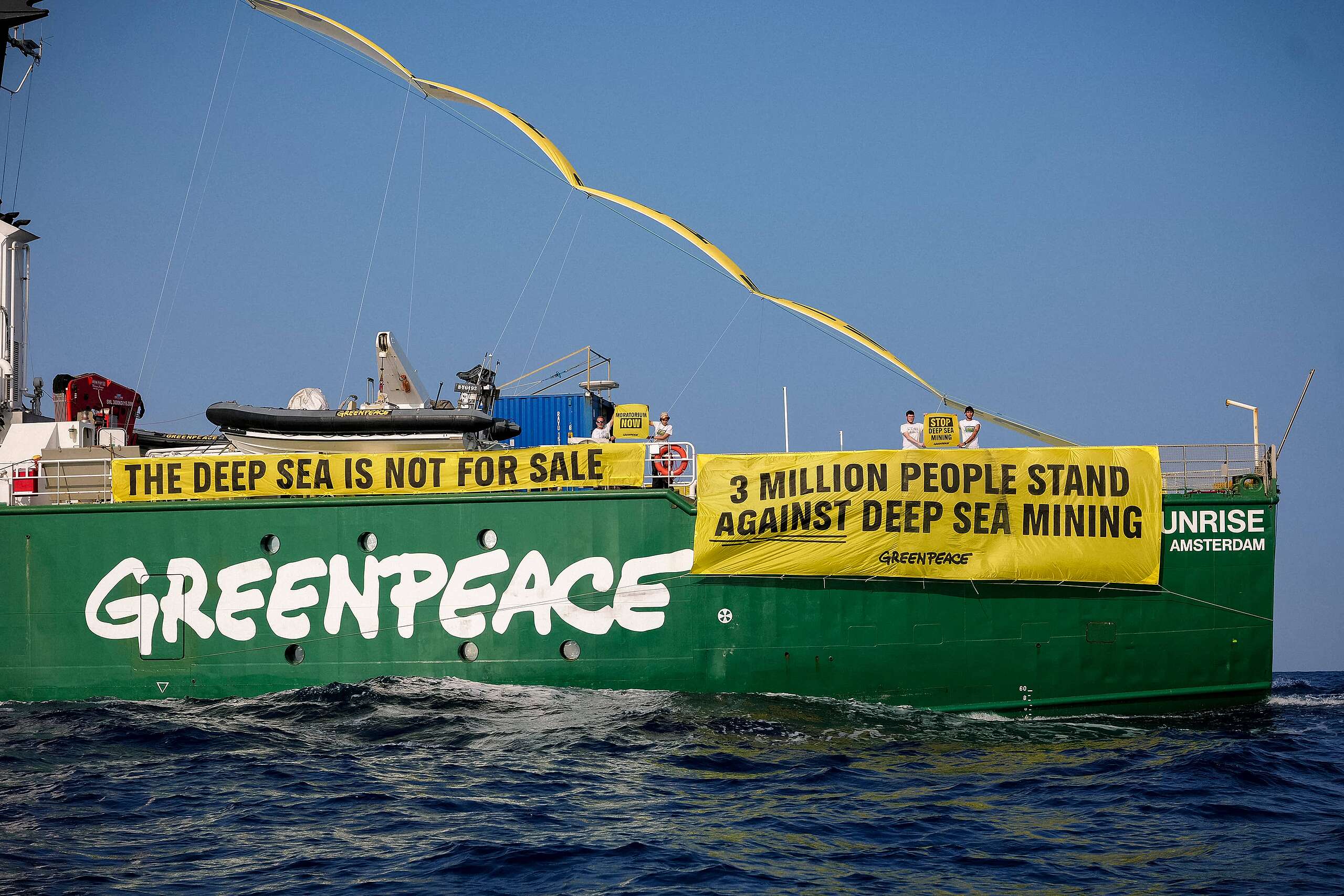In one of the largest studies of its kind, 30 x 30: A Blueprint For Ocean Protection, maps out how to protect over a third of the world’s oceans by 2030, a target that scientists say is crucial in order to safeguard wildlife and to help mitigate the impacts of climate change.
You can download the report in full by clicking the image below. Or scroll for the key findings.
Key Findings
The high seas encompass 43% of the Earth’s surface, and 70% of the living space on the planet including land and sea. These huge spaces are home to a complex marine world, with richness and diversity of life to rival coastal waters and land.
High seas marine life drives the ocean’s biological pump, capturing carbon at the surface and storing it deep below – without this essential service, our atmosphere would contain 50% more carbon dioxide and the world would be uninhabitably hot.
The high seas face growing exploitation from a handful of mainly rich nations: fishing and the emerging deep seabed mining industry join wider threats from climate change, acidification, plastic and other pollution and more.
Ocean sanctuaries are a key tool for protecting habitats and species, rebuilding ocean biodiversity, helping ocean ecosystems recover and maintaining vital ecosystem services.
By initiating an international legally binding instrument to enable the protection of marine life and habitats outside national jurisdiction, the United Nations has an opportunity to put in place robust structures to create and govern ocean sanctuaries on the high seas.
Scientists are calling for at least 30% of the world’s oceans to be protected as ocean sanctuaries, and this study charts how this 30% figure could be achieved to protect the full spectrum of marine life on the high seas.
The study is based on biological, oceanographic, biogeographical and socio- economic data, such as the distributions of sharks, whales, seamounts, trenches, hydrothermal vents, oceanic fronts, upwellings, biogeographic zones, commercial fishing pressure, mining claims etc.
The protected area network design process builds in resilience to wider environmental change and uncertainty with a bet hedging approach to habitat selection, large coverage to promote connectivity and refuges of last resort, and the use of sea surface temperature data to identify places likely to change more slowly or adapt more readily under rising temperature stress.
Areas intensively used by high seas fishing fleets were avoided to reduce possible disruption to fishing activity. An interim moratorium on seabed mining is proposed to ensure that options are left open as a network of protection is built.
The findings in this report show that it is entirely feasible to design an ecologically representative, planet-wide network of high seas protected areas to address the crisis facing our oceans and enable their recovery. The need is immediate and the means readily available. All that is required is the political will.





